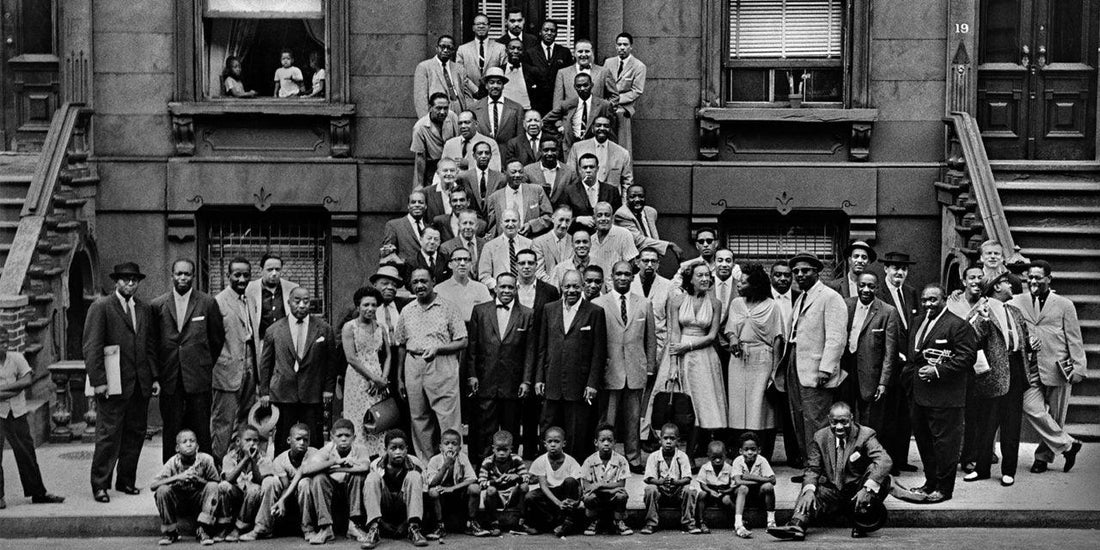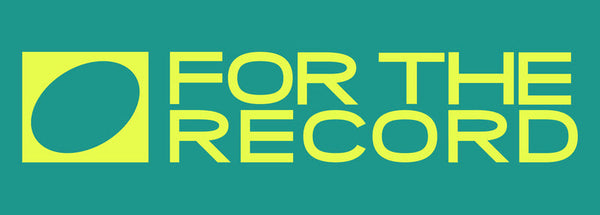
The Harlem Jazz Scene and its Impact on the Music Industry Overall: An Ongoing Story
Share
The picture, seen here, is one of the most famous photographs in music history. Taken by young photographer Art Kane, the photo is titled Harlem, 1958 and highlights some of the most famous jazz musicians to pass through Harlem and some of the most famous jazz musicians period.
The Harlem neighborhood in New York City has long been synonymous with the rich history of jazz music. From the 1920s through the 1950s, Harlem was home to some of the most legendary jazz clubs in the world, and it served as a hub for some of the greatest jazz musicians of all time. The impact of the Harlem jazz scene on the music industry cannot be overstated, as it helped to shape the sound of jazz and influence popular music for decades to come.
The origins of the Harlem jazz scene can be traced back to the early 1900s, when African American musicians began to migrate to the neighborhood from the South. These musicians brought with them the sounds of blues, ragtime, and other traditional African American musical styles, which they blended with European classical music to create a new style of music that would come to be known as jazz. The early jazz musicians of Harlem played in small clubs and speakeasies, and their music was often considered risqué and controversial due to its association with the underground nightlife scene.
As the popularity of jazz grew throughout the 1920s, Harlem became the epicenter of the jazz world. Legendary venues like the Cotton Club, the Savoy Ballroom, and the Apollo Theater became the go-to spots for jazz lovers, and they hosted some of the greatest jazz musicians of all time, including Duke Ellington, Louis Armstrong, and Billie Holiday. The Harlem jazz scene was not only a place for musicians to perform, but also a place for them to collaborate, innovate, and push the boundaries of what jazz could be.
The impact of the Harlem jazz scene on the music industry cannot be overstated. Jazz became one of the most popular and influential genres of music in the world, and its influence can be heard in virtually every form of popular music that followed. Jazz paved the way for the development of rock and roll, R&B, and hip-hop, and it remains a vital part of the cultural fabric of America to this day.
Today, the legacy of the Harlem jazz scene lives on through the many jazz clubs, festivals, and events that take place in the neighborhood. The Harlem Jazz Museum is also dedicated to preserving the history of jazz in the neighborhood and educating future generations about its importance. The Harlem jazz scene may have evolved over the years, but its impact on the music industry and the cultural landscape of America will continue to be felt for generations to come.
